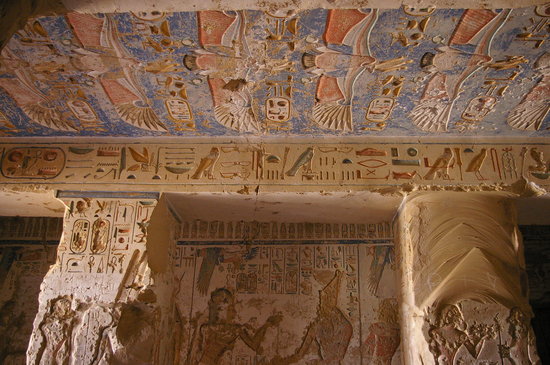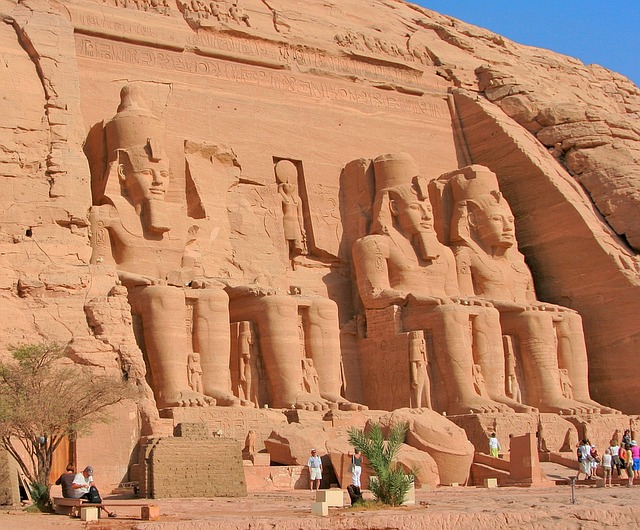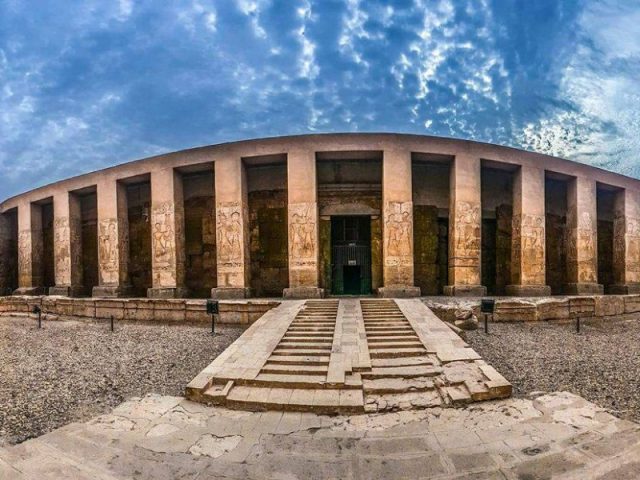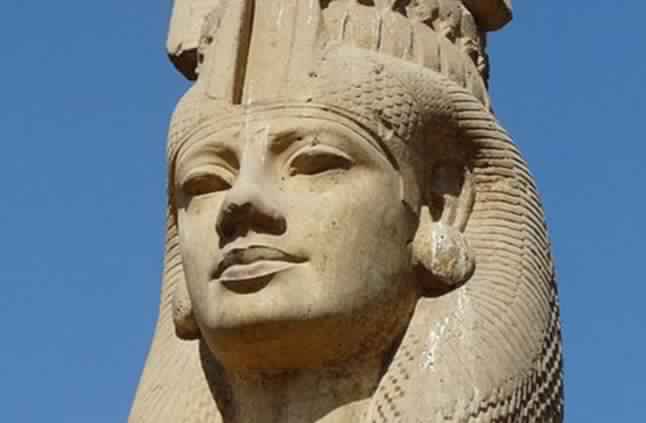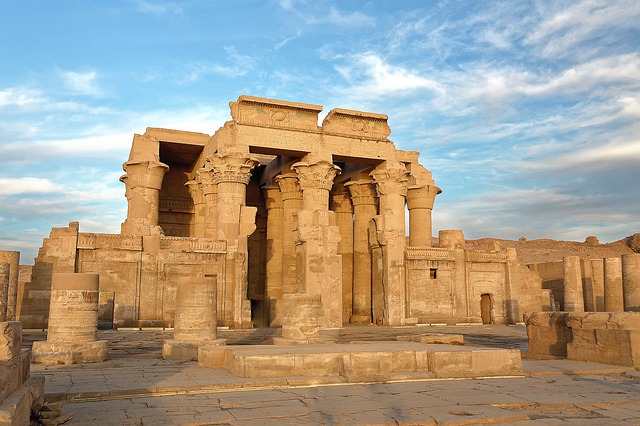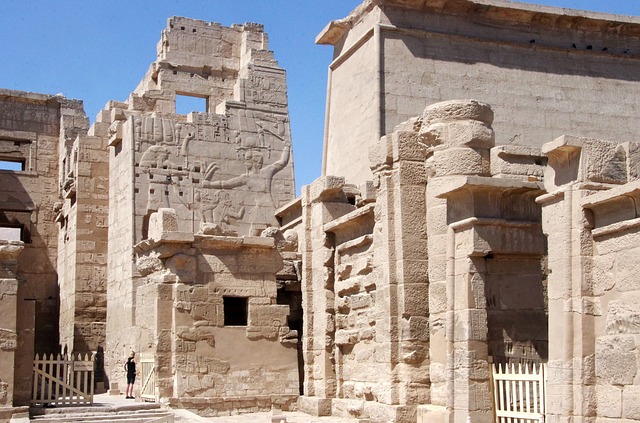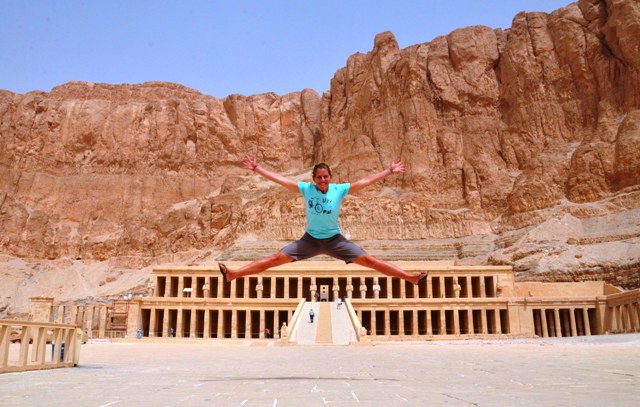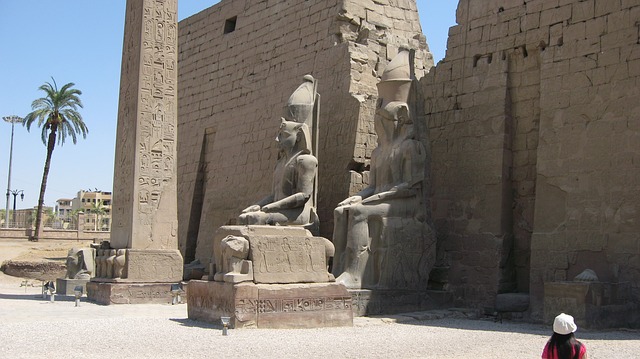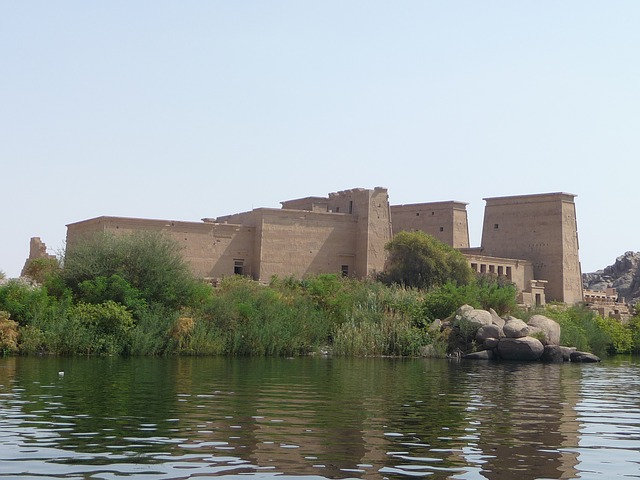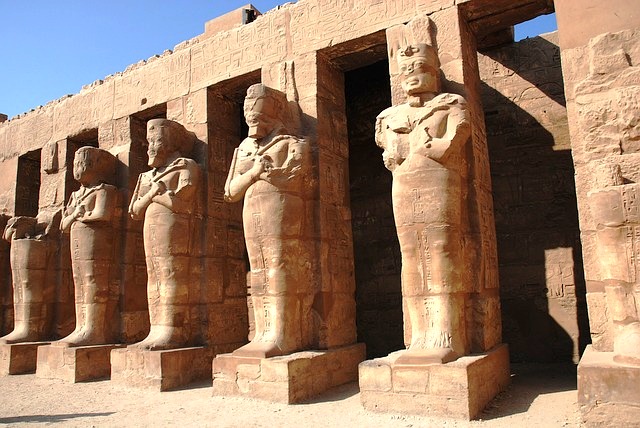El Kab | Ankh | The site of El Kab, known in ancient times as Nekheb, is located 32 km (20 miles) south of Esna on the Nile’s west bank. Activity at the site spans the entirety of ancient Egyptian history and beyond, from the Predynastic period to the Coptic era. El Kab was the cult home of Nekhbet, the vulture goddess of Upper Egypt, who was traditionally paired...
